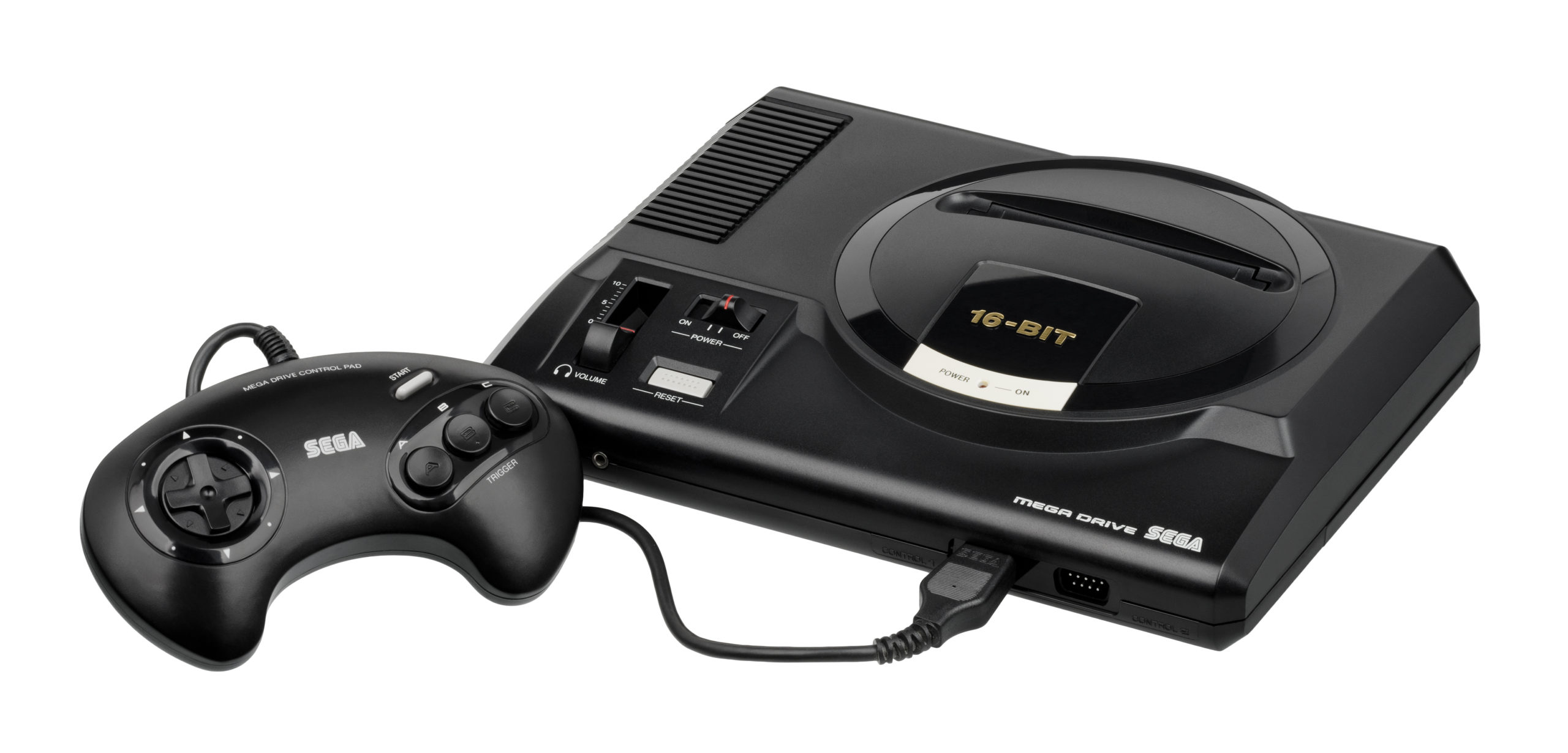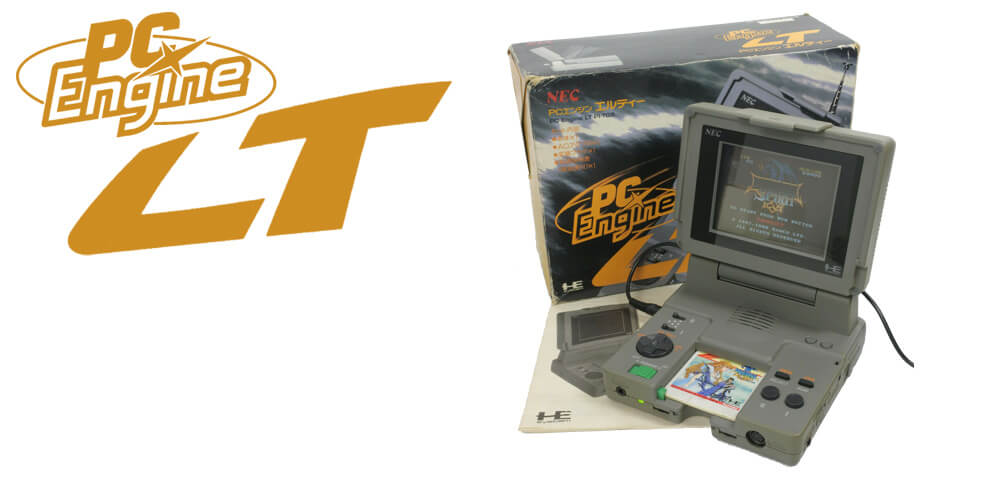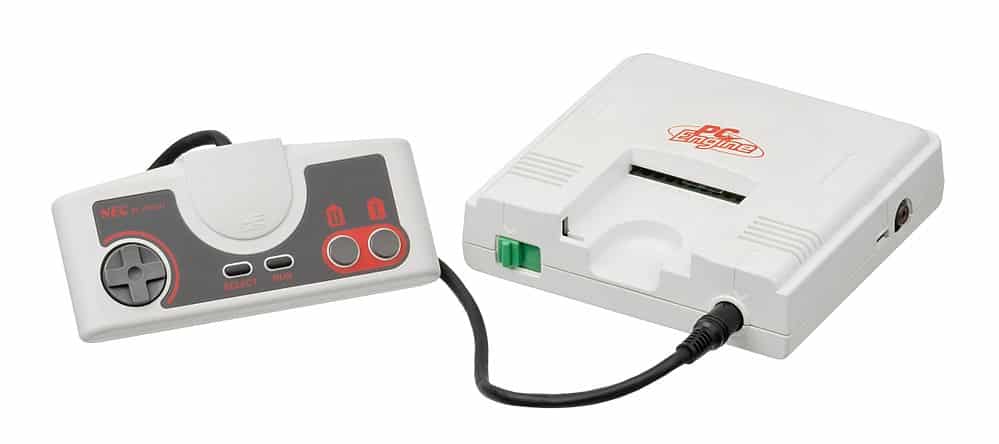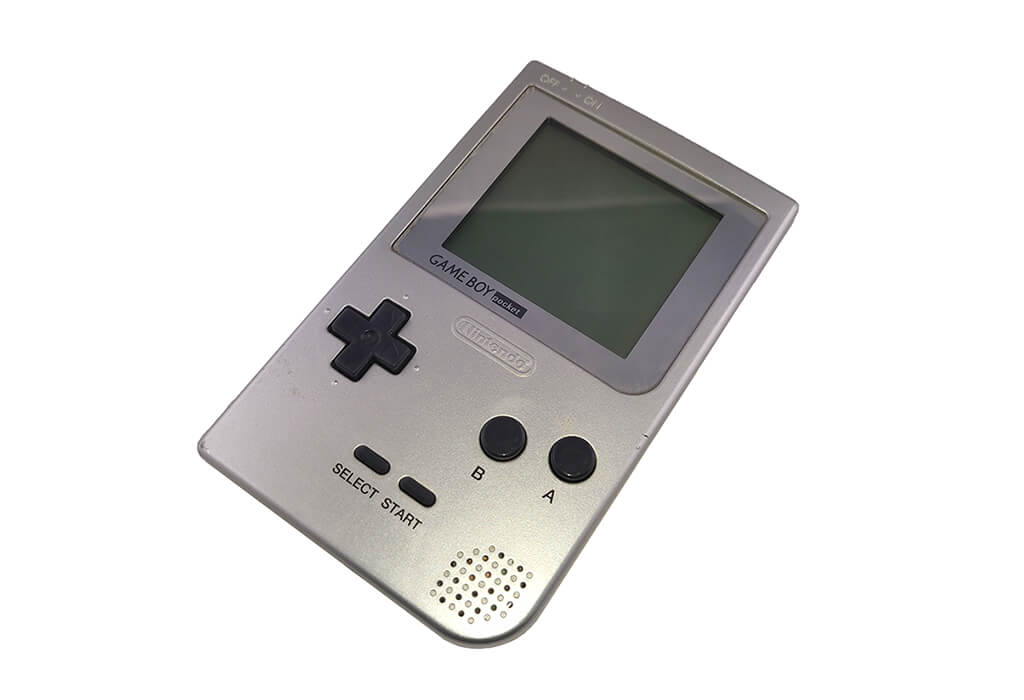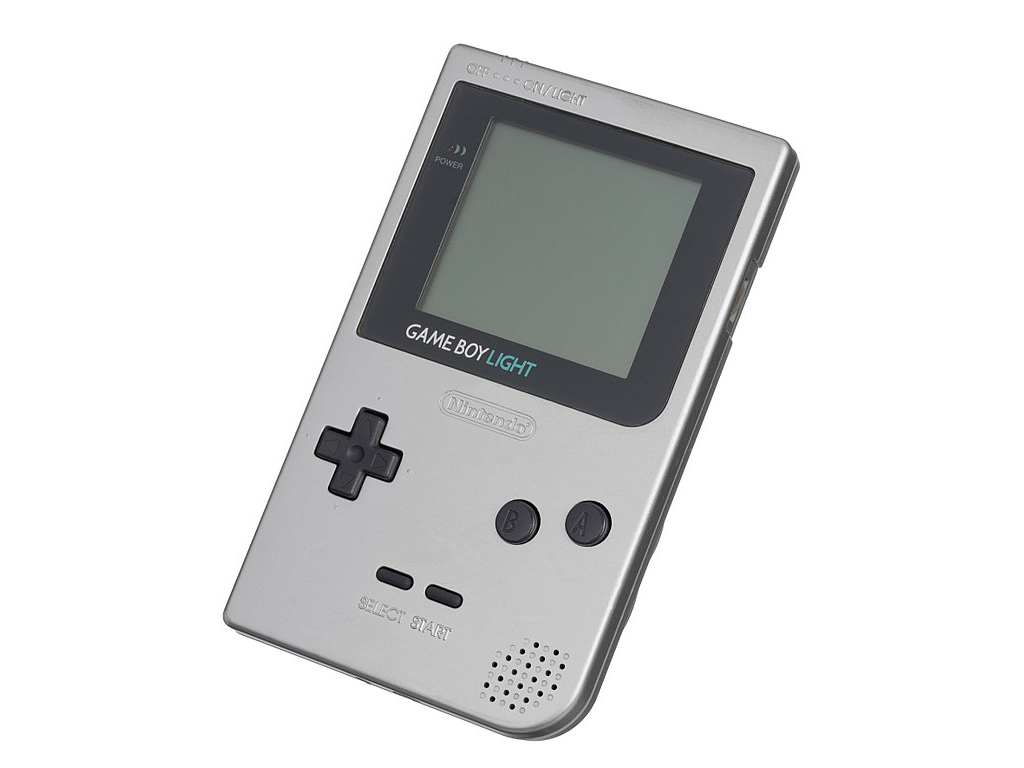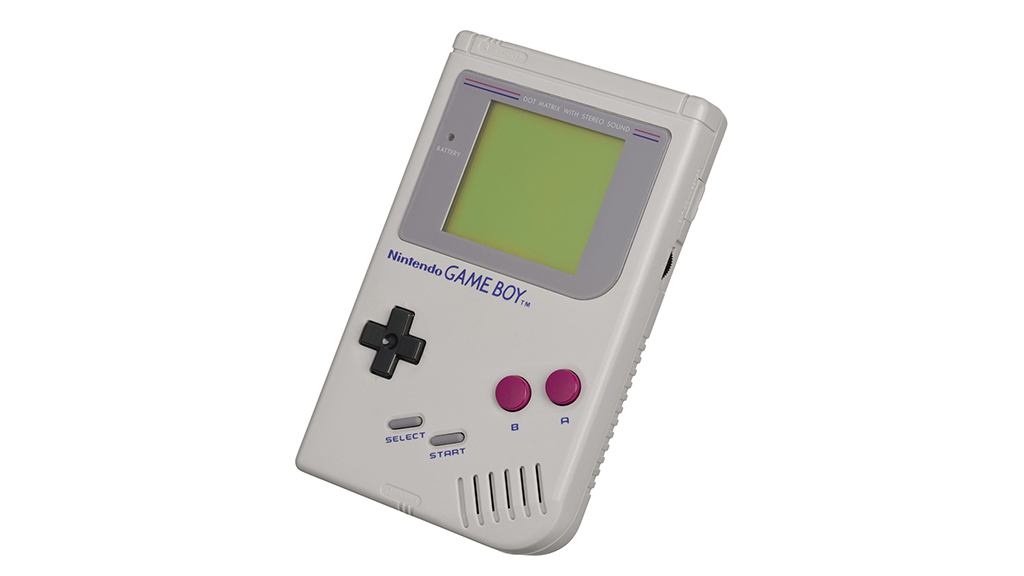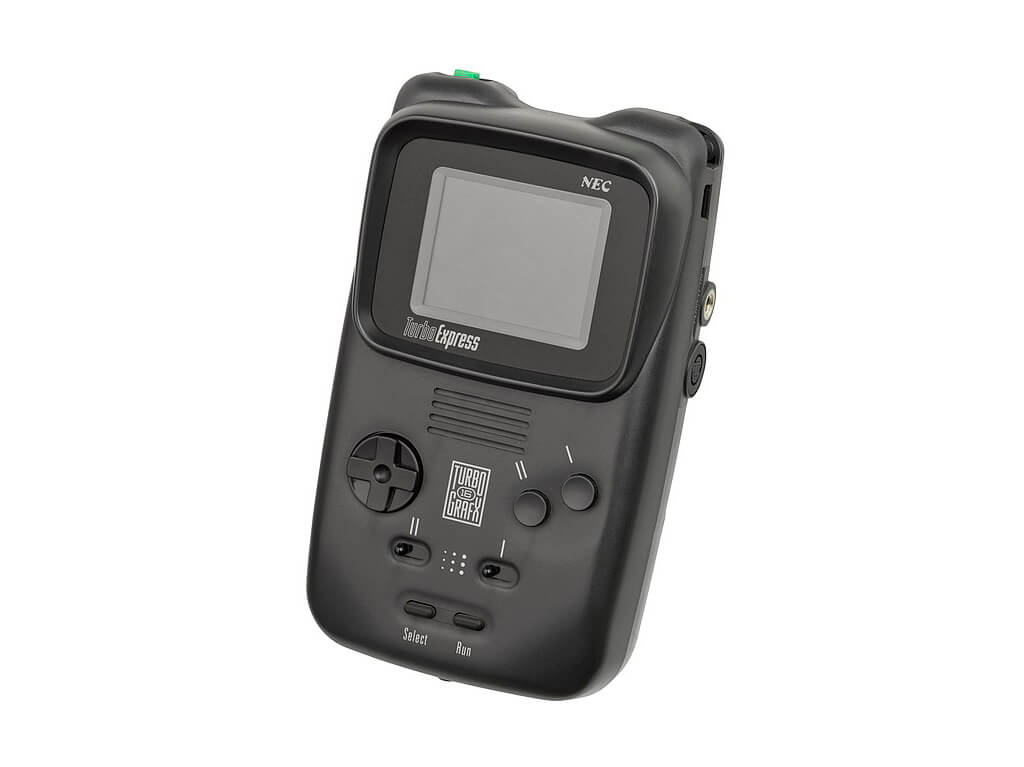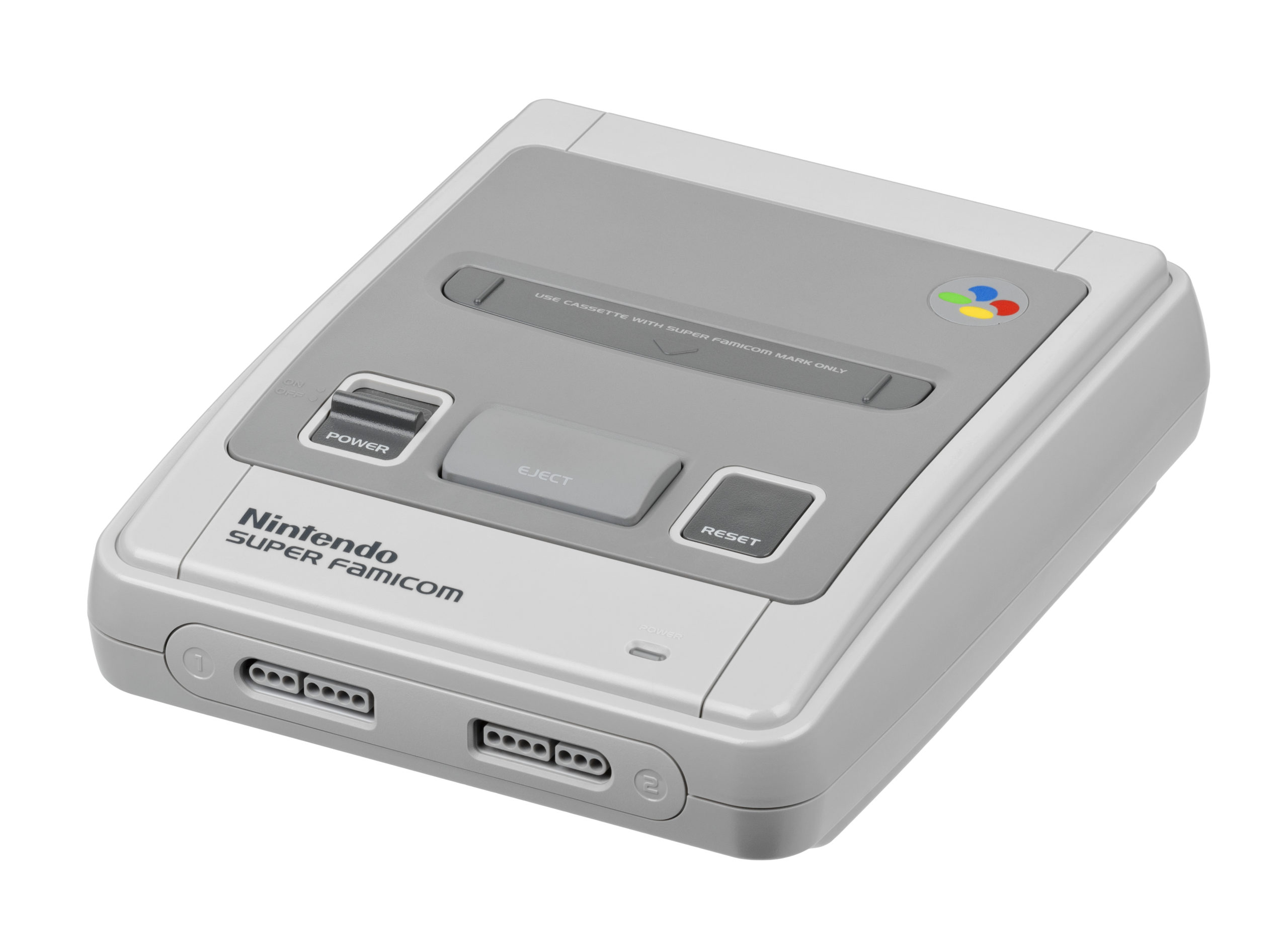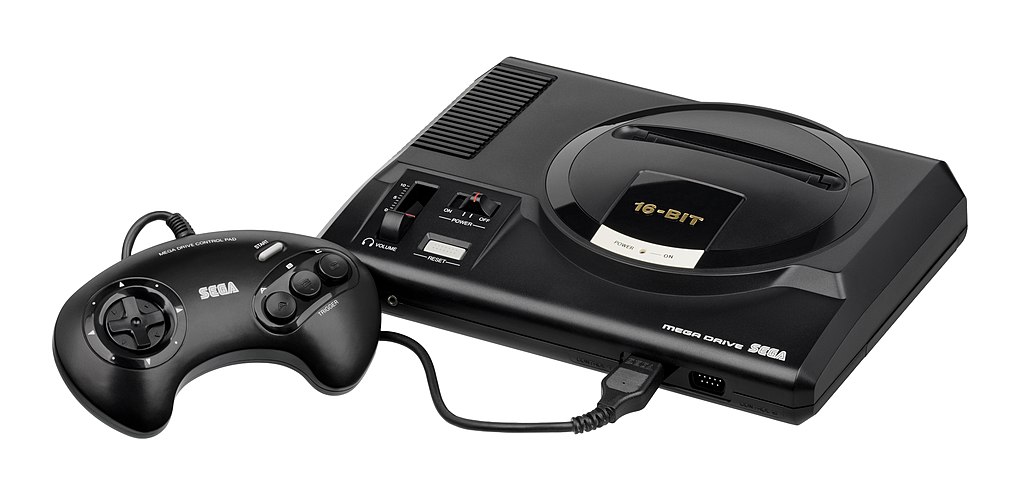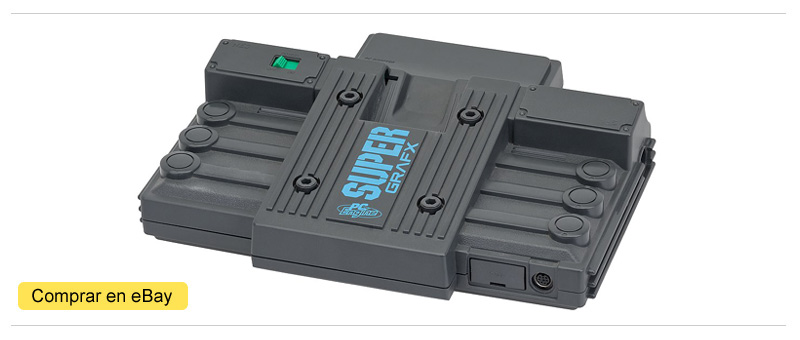The fourth generation of consoles corresponds to what we all know as the 16-bit Era, an intense and interesting period in the history of consoles in which an intense fight was waged between SEGA and Nintendo, both on home consoles and on the Internet. the new laptops. To make it more interesting, numerous companies joined the fray with forays as big as the first CD consoles. For many of us, the best years of video games.
START DATE: 1987
FIRST CONSOLE: PC Engine
- Consoles of the fourth generation in Infoconsolas.
- The fourth generation of consoles, background.
- The fourth generation of consoles, course.
- The fourth generation of consoles, legacy and consequences.
- The public of the fourth generation of consoles.
- The games of the fourth generation.
- Collect fourth generation consoles.
- Buy consoles of the fourth generation.
- FAQ fourth generation of consoles.
Consoles of the fourth generation in Infoconsolas
Next we show the consoles analyzed in Infoconsolas, it is possible that the portable consoles come out mixed with the domestic ones, a thousand pardons, it will be corrected over time!
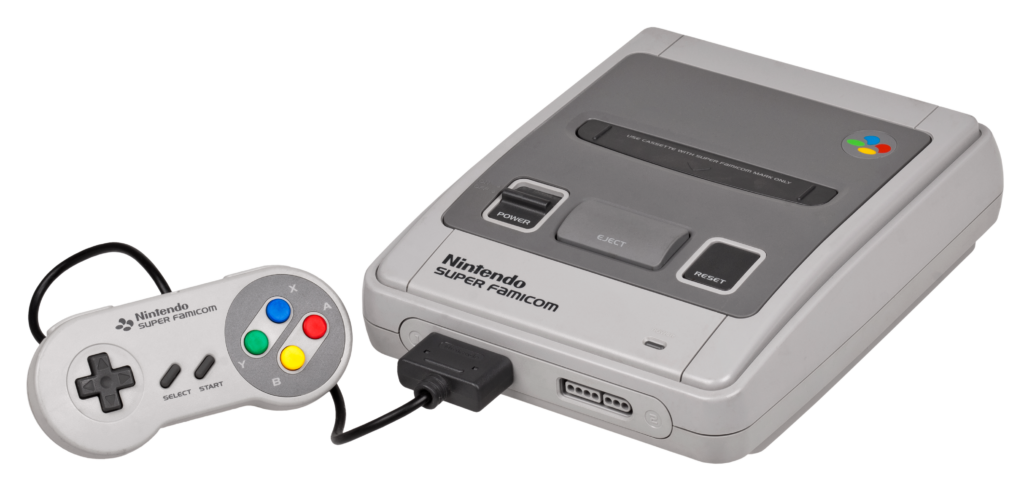
The fourth generation of consoles, background
The commercial bases of videogames, as well as its industry and center of power (Japan), were already clearly established in the third generation of consoles, the world of videogames had gone through a precipice, but thanks to Nintendo and its NES, it had came out graceful and stronger than ever. The United States, the cradle of video games, had lost its predominant role in the industry, to pass the baton to Japan, a society that had absorbed everything related to video games in a few years, until making them their own.
The 8-bit era served for Japan to conquer the world and the flow of cultural influence changed direction: if since the Second World War the West had “Americanized” Japan, now Japan was going to “Japanize” the world with its fascinating culture , through manga and video games. We are talking about a trend that, despite being considered retro, lasts today more than ever with the new generation consoles and the offer of manga (2020).
The 8 bits also served to define very well, what a video game console should be like, something that effectively served to create 16-bit consoles to suit the consumer. Gunpei Yokoi’s pads are here to stay, as well as the long-awaited format of the cartridge, without loading time or installations in between. A console had to be a machine to play video games, instantaneous and with good technical features, 8-bit computers and their cheap tapes were on the prowl, and the leading companies in the sector were aware that they had to offer a good product.
Speaking of the technical characteristics, in those years the video game consoles were compared with 4 different systems:
- Arcade machines: The most obvious comparison was with the ports.
- IBM Compatible PCs: Very expensive and not yet focused on video games.
- 16-bit computers: Such as the Amiga 500 or Atari ST, some wonders.
- 8-bit computers: Versatile systems with very cheap games (tape).
The most popular 8-bits, such as the NES and the Master System, reached the international scene with perfect ports of the arcade games in their early years, graphics far superior to the PCs of the time, without loading times, being technically superior to gaming computers. 8 bits, and without the competition of 16-bit computers that had not yet conquered the market. Years later, arcade games had evolved and far surpassed 8-bit home consoles, PCs were adapting to the (children) gamers thanks to graphics cards and soundblaster, it was already possible to play with our father’s PC (if had), the 16-bit computers amazed us with their luxurious graphics and the 8-bit computers had the games at 295 and 395 Pts after a few months of their launch. It was time for change…
It was clear that in the late 1980s, technology had advanced enough to replace consoles launched in 1983, but there was a singularity in this case: Nintendo had swept away its Famicom/Nes, having practically the entire market. Japanese and American and half of the European. The market, the cake, the business of having millions and millions of consoles already installed, was extremely sweet, and Nintendo was in no hurry to let it go. Its position was totally advantageous with respect to its competitors, since the Nintendo brand enjoyed more prestige than ever among gamers.
With the NES undefeated against all the 8-bit consoles that had put up a fight against it, the competition chose not to go head-to-head against the Nintendo video console, and to launch more evolved and powerful products. In this way, Atari prepared a heart-stopping portable console, while NEC and SEGA chose to design clearly superior home products. Nintendo had the upper hand, and its competitors should prepare their strategies very well, thus the 16-bit era arrived, one of the most important and interesting times in the entire history of video games.
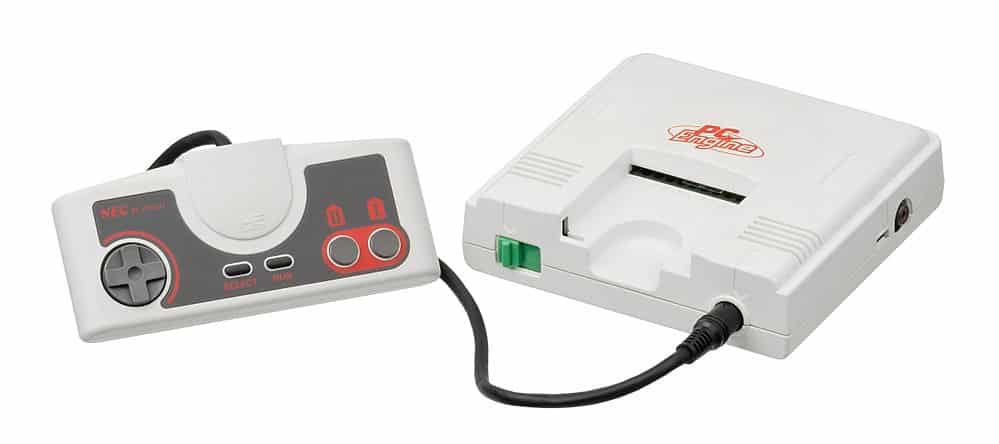
The fourth gen. of consoles, the battle for 16 bits
This is how NEC launched in 1987 one of the best consoles that have ever been made in relation to its quality, price and release date: the PC Engine, later redesigned for the Western market as the Turbografx-16. The PC-Engine was launched in Japan with the audacity of those who know and want to face the leader, the almighty Famicom, a console that had cornered the Japanese market with almost 20 million units sold, as well as the North American market with some 34 million units. consoles sold.
The NEC console arose from the joint work of the great developer Hudson Soft. and the technology company NEC, the former designed the console and the latter manufactured it, thus entering NEC into the home video game market. The PC Engine was the first of a large family of consoles and peripherals, with a modified 8-bit processor, its GPU was 16-bit, a key factor that places it as the first fourth-generation console due to the advancement and technological evolution against to previous consoles.
With ridiculous dimensions for the western market, but perfect for small Japanese homes, this little gem had the great advantage of keeping the format of the cards, cheaper than cartridges, but at the same time the great inconvenience of having a single input for controller, so playing doubles required a multitap. Their games? Some beasts compared to 8-bit consoles, true wonders for the time they managed (along with the console), to penetrate the Japanese market with very good numbers. Did it unseat the NES? Not at all, but the PC-Engine family managed to get almost 4 million people to make the leap to 16-bit in Japan, obtaining very good commercial results and being one of the most beloved consoles in the land of the rising sun. Outside of Japan, redesigned under the TurboGrafx-16 label and without region free, due to its late launch and limited catalog it could do little against its competitors.
We already told you that there was no machine that dethroned the Famicom, it was a set of consoles and computers like the Sharp X68000, which over time managed to do it, although there were many years that the NES coexisted with the new systems, the decline of the 8-bit was slow and sweet, riddled with good gaming and conversions. But let’s continue, since it is the turn of our beloved and revered SEGA.
SEGA and its Master Systems in the West, Sega Mark in Japan, had only managed to position themselves above the NES or at its level, in the then divided European market (with more than 20 different currencies) and in the Brazilian market. Humiliated in Japan and beaten in the United States, SEGA wisely chose to create a console from one of its arcade motherboards, the System 16 (Shinobi, Fantasy Zone, Altered Beast and Golden Axe), being developed by the same team. of the company that developed the arcade boards. That is to say, SEGA was “taming its arcade”, to take it to all homes, a master move…
This is how the Mega Drive was born, a black beast that inside had a 16-bit Motorola 68000 CPU accompanied by a Zilog Z80 support, an architecture later copied by other systems. A console that at the time of its launch, was at the level of the most popular SEGA arcade games of the moment, the dream of any teenager, precisely the target to which SEGA destined its product and advertising campaigns. SEGA focused on promoting that its console was 16-bit, and therefore far superior to the NES. Perfect ports praised their advertising spots, enjoying a very powerful catalog of games from their first months. As Nintendo had exclusive contracts with the best companies of the time, SEGA had to start with its own products and with an intelligent strategy based on signing sports stars and artists, as well as contracts with developers for computers.
Unfortunately for SEGA, on the day of its launch in Japan on October 29, 1988, Nintendo masterfully counterattacked with a work of art, the great Super Mario Bros 3. This action managed to leave SEGA and its Mega Drive in the background, of the that would not go back in Japan, being in sales behind the PC Engine. However, in the United States and Europe things would be very different for SEGA, launching in 1989 and 1990 respectively, SEGA won over the more adult audience (young and adolescent) with advertising campaigns focused on them. The Mega Drive was beginning to considerably erode the reign of the NES outside of Japan, positioning itself throughout the globe except Japan as the new generation console that the kids of the time aspired to, the 16-bit console. Nintendo had left its rivals too long, and SEGA presented itself as a serious danger, the Big N had to act.
November 21, 1990, Nintendo launches the Super Nintendo Entertainment System, better known as the SNES, the console that millions of Nintendo players have been waiting for for years. Thus, the 16-bit battle began, one of the most exciting periods in the console war. Its launch was an overwhelming success in Japan, positioning itself in a very short time as the leading console in the Japanese country, the Super Nintendo was the console that millions of players were waiting for, and it did not disappoint. Its technical features, thanks to a new architecture, which, above the raw power of the CPU as had been done up to now, focused on the different sound and support graphics chips, proved to be far superior to its competitors in the long run.
The SNES was priced above its competitors, it was not cheap at all, but the public bet on it and was delighted. Make no mistake, in Japan there was no war or battle for 16-bit, Nintendo had won the game even without a 16-bit thanks to its Famicom, the Snes did nothing more than endorse a reign that would last until the times of the PSX . And that did not make it easy for them, companies like SEGA and NEC launched a thousand and one derived consoles as well as magnificent peripherals such as the CD-ROM² (1988) or the CD-ROM² (1991) by NEC and the SEGA Mega- CD (1991) for the Mega Drive, peripherals that are highly sought after by lovers of retro video games, which provided much more space for programmers and features far superior to those of the Nintendo video game console. Even so, and the good work of NEC, they failed to dethrone the SNES.
But the situation outside of Japan was very different, both in the United States and in Europe, Sega and Nintendo lived a fierce fight, in which by means of exclusivities, megabytes and support chips inside the cartridges, the SNES and the Mega Drive were alternating their position as leader in the video game market. They were wonderful years in which the maximum beneficiaries were us, the users: Sega opted from the beginning to make their consoles cheaper before the release of the Snes, while both companies left everything to offer the best titles, with the multiplatforms being examined with magnifying glass for the players and specialized press.
Seen with perspective, it is incredible how the Mega Drive, a console with a technology 2 years older, was able to present such a battle to the Super Nintendo, at a time when Nintendo was characterized by offering the most cutting-edge products. As we have said, they were wonderful years of endless debates, which were settled when Nintendo allied with RARE, to bring us games that were at another level never seen before, such as the well-known Donkey Kong Country, a video game light years ahead of the competition. This, together with the arrival of 3D with games like Star Wing / Star Fox, placed the Super Nintendo above the Sega console both technically and in units sold. And yet, SEGA kept putting up a fight with games like Virtua Racing (amazing) and peripherals like the 32X, but it wasn’t enough.
In short, SEGA’s strategy was based on launching different consoles (Mega Drive versions) and expensive peripherals such as the CD and 32X, while Nintendo focused solely on its console, improving its performance by “vitaminizing” its cartridges. with support chips. This caused Nintendo to project an image and perception of trust for those who had bought its console, increasing customer loyalty, while SEGA made its followers have to invest in money the equivalent of 3 consoles with their peripherals, transmitting to the imaginary public that to surpass the SNES a Mega Drive by itself was not enough, but it was necessary to acquire at least one peripheral that for those years was more expensive than the console itself.
What was mentioned above was the great failure of SEGA, wanting to bring its users the latest technology with its best features and possibilities, it did nothing but discourage the bulk of the public that could not afford such an investment and stayed with a Mega Drive, that without intending it, he accepted his inferiority before his competitor. Nintendo was close to launching its CD unit, the SNES CD, and it is true that many of us were eagerly awaiting it, but the fact (voluntary or involuntary) of not launching it placed the Nintendo console in the imagination of players, as a machine that it was worth by itself without the need for new investments to come out a winner. And so it was (if we don’t count the Satellaview in Japan, which is another concept).
They were intense years in which, in addition to the home consoles from NEC, Sega and Nintendo, consoles like the immense Neo Geo from SNK, a black beast that was literally an arcade game in our homes, joined the fray (playing in other leagues). , a luxury console that was well above the rest of the 16 bits, and that only its price and that of its video games was the reason for its limited market. Later, a cheaper version with CD was launched, but the eternal load times and a market already taken over by 16 bits with more than acceptable conversions of SNK’s own games, meant that they did not succeed commercially speaking.
A more curious story is that of the Philips CD-I, a 16-bit multimedia console, the result of negotiations between Nintendo and Philips on the never-released SNES CD. A bizarre video game console that had many versions, most of them with an unplayable pad and that will be remembered for having the worst Zelda in history, two in the absence of one. It was an attempt to storm the reign of 16 bits with a technically superior console, poorly managed. Total failure from the point of view of video games but not from the point of view of multimedia players, similar to what happened with the Commodore CDTV or Pioneer’s LaserActive.
The 16-bit desktop was one of the longest-lived generations, coexisting for many years with the superior 32-bit consoles until they fell in price, something common in years of transition. It wasn’t until the arrival and drop in price of consoles like the PSX or Saturn that players made the leap. In the case of the most staunch Nintenderos, they had to wait a few more years until the arrival of the Nintendo 64, which influenced the life of the Snes to continue in good health for a few more years.
Until now we have talked about the domestic video game consoles of the fourth generation of consoles, but in this generation portable consoles were standardized, conquering the world thanks to their many advantages over domestic ones (disadvantages they also had). The portable consoles also waged the so-called War of the Consoles, being, as you can imagine, the Sega and Nintendo consoles the most successful contenders. Let’s see how laptops came into our lives:
Although it is true that portable consoles had already been launched in previous generations, it was not until the fourth generation that they triumphed, by which time technology had advanced enough to produce and market affordable products for children and adolescents. , with a quality comparable to home consoles. There were different companies that dominated the sector, standing out above all Nintendo, SEGA and ATARI.
Nintendo, by the hand of master Gunpei Yokoi, launched the almighty Game Boy in April 1989, the equivalent of the Famicom in the portable field. Gunpei created a perfectly balanced console, it wasn’t the one with the best features, because it didn’t have a color or a backlit screen, but it was completely right with what the “Game Boy generation” needed: A console that would fit in a pocket for school breaks, cheap compared to its competitors, with a good catalog of games and a long battery life (which in those years were very expensive).
All of the above, seasoned with the immense reputation and prestige that Nintendo enjoyed in those years thanks to its Famicom/NES and its splendid catalog of video games, a perfect combo is achieved to conquer a new market around the world, that of consoles. laptops. Nintendo had done it again, the world was at their feet now too, in the portable arena.
Within a few months of the release of the Game Boy, Atari released its Epic-developed Atari Lynx, a technological beast with a full-color, backlit 16-bit graphics chip, far superior to Nintendo’s console and even Nintendo’s home consoles. The time. Unfortunately, the Atari Lynx did not have the support of the third parties that were committed to Nintendo, it had ridiculous enormous dimensions and a great consumption of batteries, in addition to a really expensive starting price. All this caused his role to be purely testimonial, watching as the Game Gear tried in vain to dethrone Nintendo.
The Game Gear ladies and gentlemen, the SEGA laptop was also a technical wonder, in practice it was the same as having a Master System in our hands, which was a joy. Far superior to the Game Boy and in full color, SEGA’s portable console did stand up to the white Nintendo console, but it could do little harm: Its exaggerated size and high battery consumption (3 hours of duration), made that even being well above Atari, never went beyond second place.
Many other laptops came out in the shadow of the GB, consoles from Hong Kong or Taiwan that tried to join the bandwagon, but their role did not exceed that of being the nightmare of many children who had been “wrong” by Santa Claus or the Three Wise Men. bringing home a Game Master or Cougar Boy. Tears of pain, gentlemen, tears of pain in the face of such surprises.
Finally, and as an exception, in 1990 NEC dared to launch the best laptop of its time, a PC Engine compressed in full color and compatible with its games, an amazing technical marvel for those years in which most of us mortals dreamed of a Game Boy and its magnifying glass: The TurboExpress or PC Engine GT, the best laptop of all time in relation to its quality and year of release. This console was simply perfect, it was launched in the United States and Japan, and only its exorbitant price prevented it from succeeding, becoming today one of the most sought after and prized consoles by collectors.
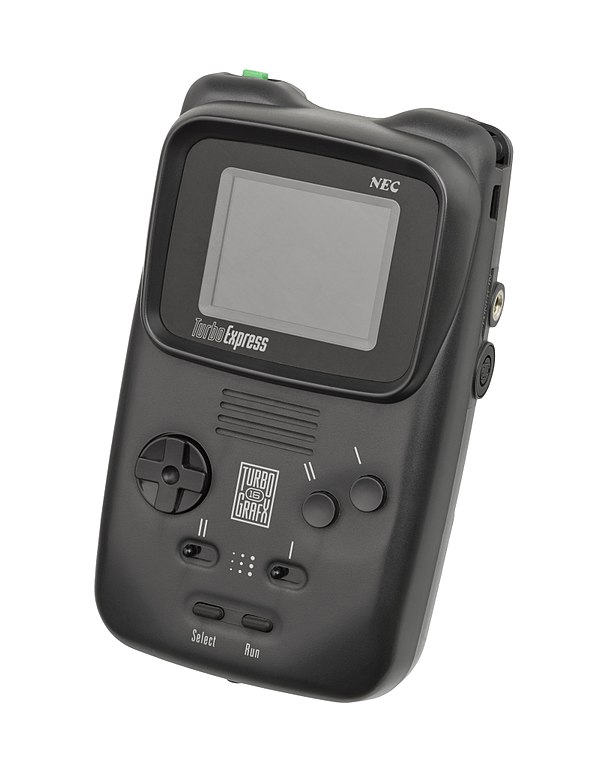
The 4th gen. of consoles, legacy and consequences
The fourth generation of consoles ended with a very disrupted and deteriorated SEGA in its image, having gone crazy looking for new market niches with variants of a single product, its 16-bit console:
The Mega Drive II, the Mega CD, the Mega CD 2, the 32X, the Multimega, the Sega Nomad, the MultiJet, the WonderMega, the Aiwa CD, Amstrad computers and PCs with the Mega Drive inside, Mega Drive cards for the Pioneer Laser Active, the Sega Pico for the boy and the girl… The confusion on the part of its faithful users was total, SEGA had 1000 products to cover while Nintendo focused on 1. Maybe in Spain, a place where many of these products did not arrive, would not have had that feeling, but in the United States and especially in Japan, things got out of hand. It is not possible to cover and promote such a quantity of products under conditions.
On the other hand, once it was confirmed that the Saturn would be superior and not compatible with the Mega Drive + Mega CD + 32X combo, something that had previously been confirmed or ignored at best, the discontent with SEGA was enormous, losing the confidence of a large number of his followers, especially those most faithful who had made a disbursement that, in one or two years, would come to nothing. In a single generation of video game consoles, SEGA was capable of the best and the worst.
Companies like NEC and SNK followed suit with good figures for their products and business model, NEC focusing on its Japanese market after the failure of TurboGrafx 16, while SNK conquered the most exuberant halls around the world thanks to its Neo Geo, the luxury console par excellence, holding up with good figures for a product like yours that was kept alive until after the year 2000, which is not little. Only NEC’s SuperGrafx tried to face it on its own ground, with a resounding failure.
The consolidation of 16-bit was so strong in the market that it took many attempts for the next generation to break the barrier and enter it. The 16 bits offered us better and better games and it had to be the arrival and fashion of 3D, which forced many of us to consider taking the leap. Many next-gen consoles would die trying for the technically inferior Super Nintendo and Mega Drive. Users waited patiently for new offerings from our favorite brands, and we weren’t about to spend the savings on a bet like the CD-I or Panasonic 3DO. In fact, not even Nintendo itself with its Virtual Boy managed to unseat 16 bits.
Handhelds are here to stay, opening up a new market for the younger or casual gamer, and doubling down on the present at the time, since those of us with a home system needed a handheld console. Yes, we needed it since we saw the first announcement, it was that simple, the idea was so great, that it became a necessity before its launch.
Nintendo repeated the success of the 8-bit with the portables and took over a large part of the market, the world was at their feet and many of us were delighted to be under their designs. The Kyoto company established itself as the leader in the sector, the competition was great, but they were better.
The 16-bits withstood the onslaught of the 32-bits tremendously well, exactly until the arrival and cheapening of the PSX, the console that knocked down the 16-bits or at least, took away their prominence and left them in the background. Be that as it may, the 16-bit years have been and are the favorite generation for most of the players who had the pleasure of living it and enjoying it knowingly. A battle in the Console War that Nintendo won handily.
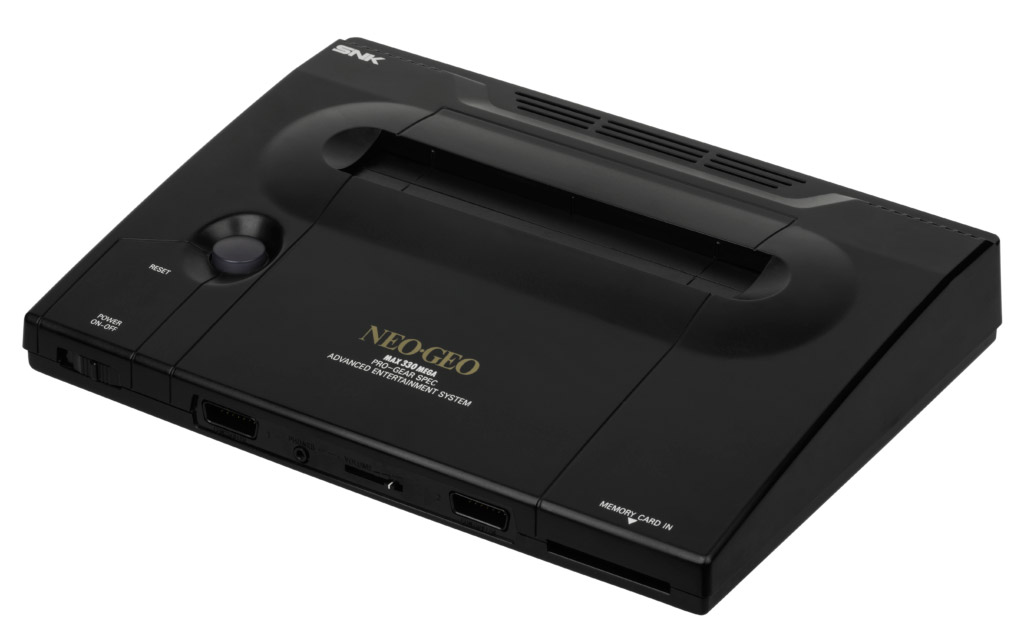
The public of the 4th generation of consoles
If we think about the beginnings of video games, those young people and adolescents who had been lucky enough to experience them from their beginnings in the 70’s had already grown up and in many cases were working and had families in the mid 90’s, that is to say, not they had time for video games. In the middle of 2020 this comment may seem very offensive to many people who, like a server, are around forty, but in the 90’s video games were still a hobby for children and adolescents, there was a point of no return when growing up in the one that suffered a disconnection, having with age other concerns and obligations, added to the catalogs focused on a child and younger audience for the most part.
It is true that SEGA had already realized with respect to its public that the older it was, the more purchasing power it had, but it still had a long way to go to surpass the target of teenagers. Consequently, we can say that the public of the domestic consoles of the 90’s, covered mainly from childhood to adolescence, leaving the link as more adult ages were reached.
However, portable consoles did something very curious: reconquer the female audience with an offer of video games more focused on both sexes. The female audience had been moving away from video games due to the lack of titles that met their needs and expectations, it was enough to go to an arcade and count the number of boys and girls to realize it, but with the launch of portables and very particularly the TETRIS EFFECT as well as the POKEMON PHENOMENON, girls and adolescents became interested in a hobby, in which today we know that everyone who wants it has a place.
As you may have interpreted, in the end it was the parents who continued to have all the power when it came to acquiring one console or another, something that was decisive in the development and approach to creating a new system (final price) and when making the advertising campaigns, aspects that Nintendo managed perfectly with its veto on violence and its launch prices.
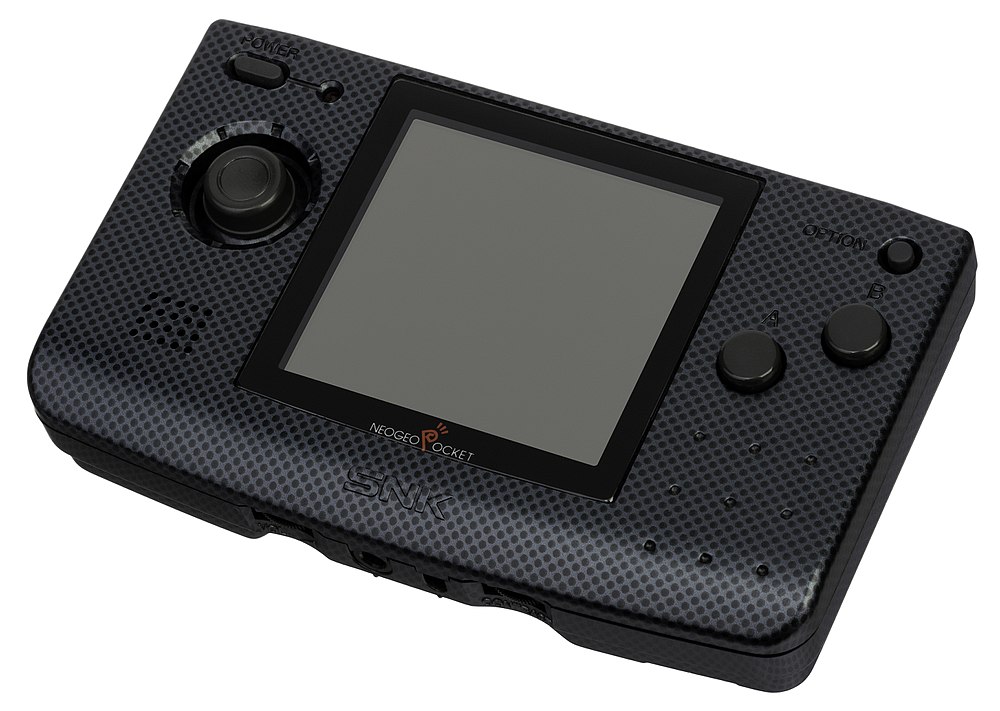
The games of the 4th generation
Wow… Let’s see, how do I explain it… If the previous generation of consoles was an explosion of genres, sagas and great video games, the fourth generation of consoles was more and better. The same programmers who already had the experience of the previous 8 bits, found themselves with much more powerful consoles, a more experienced public perfectly aware of the codes and mechanics of video games and much more space to give free rein to their aspirations and ambitions. The leap from OS 8 to 16 bits, as far as pixels and two dimensions are concerned, was an evolution with prettier, bigger games and, to be clear, better games. If we then think of other technologies such as vectors and polygons, obviously 16 bits were far above everything seen.
The fourth generation of consoles has left us with perfectly playable games today, meeting a minimum that 3 decades later, are still valid for those who are new to video games or want to have a good time. Many other generations cannot say that, but the fourth one can, its graphics, mechanics and complexity are part of modern games.
We cannot give you a list of games, I am very sorry, I do not see myself capable. If it is already difficult to make a Top 20 of a single console, how am I going to dare to name you the best games of the Super Nintendo, Mega Drive, PC Engine, Neo Geo, Game Boy, Lynx, Game Gear… It would be crazy, there are hundreds and that is something that we will do in each analysis of the consoles. Let us then adopt a more general point of view, from a distant point of view, and make a brief summary of the main consoles of this generation (which are not all of them, far from it):
- Super Nintendo: Incredible catalog in which, in addition to the classic platforms of the time, RPG games stand out, mainly those from the Japanese market. Companies like RARE raised the console to the top and positioned it in the first place of the generation.
- Mega Drive: The SEGA arcade games in your home, great exclusivities and ports in which the developers gave everything to surpass the SNES. At the height of the SNES, with few exceptions.
- PC Engine: Martians, RPG and a huge catalog of high quality games. If you like Japanese, this is your console. That easy.
- Neo Geo: The arcade at your house, the Neo Geo played in another league and looked down on its competitors. Perfect conversions since it is simply the same game and board. Limited catalog of immense quality ideal for lovers of the fight.
- Game Boy: Everything, Game Boy has it all in its catalog. With its technical shortcomings, but thanks to the remarkable experience that was achieved when programming, it has gems in all genres. The quintessential laptop.
- Game Gear: The Game Gear had nothing to envy its older sisters, standing out in all genres, it is a console that will not disappoint you.
- Atari Lynx: With a small highly westernized catalog, in a few years when what was fashionable was Japanese (something that has endured), the Atari Lynx had it very difficult from the beginning. Even so, among its games you will find technical marvels that leave its portable and domestic competitors at the height of shoe polish.

Collect fourth generation consoles
Can consoles and video games of the fourth generation be collected? Yes, you can still, but set a goal well because it is an immense feat depending on how you approach it. And I set myself as an example, in my case, as many of you know, in my collection I give priority to consoles and later to video games, that is, my goal in this generation was and is to get all the consoles that were released, something that is not easy to achieve, even if it seems otherwise, since the PC Engine universe alone is made up of more than 10 different systems with pieces of great difficulty such as TurboExpress or SuperGrafx.
In this generation there are different very interesting possibilities regarding the systems, but it is convenient to be clear about where to allocate our resources. Let’s look at some examples:
- Collect all variants of Mega Drive. Craziness!
- Neo Geo. just this console with some title is already a great achievement.
- Collect NEC consoles. Madness x2!
- Collect all notebooks. Interesting…
- Collect only unknown ones Madness x3!
And really quite a few more options, but… What about video games? Well, the catalogs are huge and of great quality, with the addition of practically having two different catalogs on each console, the Western one and the Japanese one. This means that trying to get hold of the entire Snes collection, for example, is practically impossible. If you are looking for the games in good condition, with their box and others… prepare your wallet since the prices are through the roof.
Let’s face it, the great 16-bit collections that you can see, their base at least, have been made in the late 90’s and early 2000’s. Since retro became fashionable and retro shopping tourism and the sale over the internet have bequeathed to Japan, prices have skyrocketed to the point of absurdity. Surely you will see many collectors getting jewelry on YouTube, and it is true, but the base of their collections has not started in 2020.
Consequently, our recommendation is that you collect a representation of what was the fourth generation of consoles, with or without a box and its status will depend on your income, but the important thing is that you have a number of consoles of this generation ready to play a game at any time. It is a generation that does not deserve to be kept in a closet.
Shall we start with a Snes and 4 or 5 games? Perfect, the cost is more than affordable. Shall we continue with the Mega Drive? Great, the basic console is a little cheaper. PC engine? Hmm… choose your titles well, Japanese is a big barrier. And little by little, without haste, achieving a good representation is possible if we set ourselves a realistic long-term goal, millions of units have been sold and demand has not yet collapsed supply in most systems of this generation. It can.
With laptops, practically the same. Choose which system we start with and set ourselves realistic goals, the ones we want. In this way, you will not end up disappointed by not being able to get your desired products. As you already know, for those of you who only want to know or remember the gaming experience of the time, without having the intention of keeping different systems or physical video games, mini consoles are a great option to cover those needs or directly to start collecting.
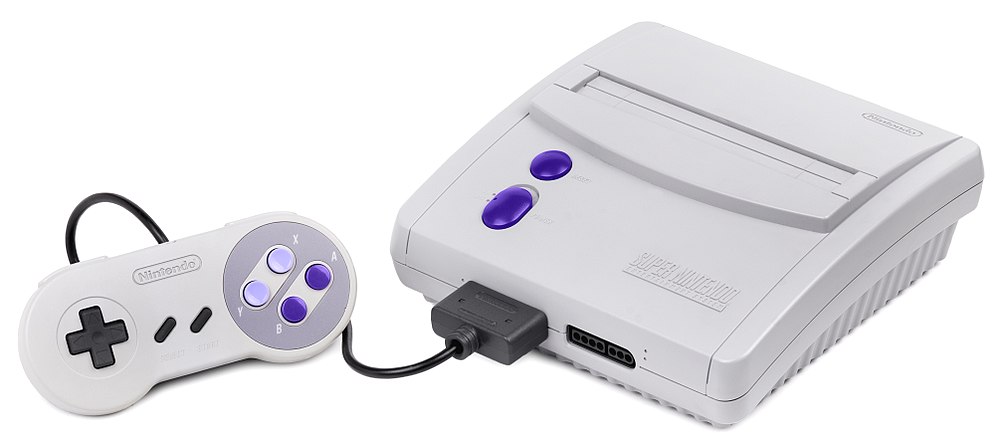
Buy consoles of the fourth generation
16-bit consoles still linger in our yards, thrift stores, and a thousand closets and storage rooms, just like fourth-gen handheld consoles. If we search the Internet, both on ebay and on the main retro and second-hand pages, it is easy to find a Snes or MegaDrive as well as a Game Boy.
Now, if we are looking for consoles and retro videogames in good condition or more specialized systems such as the Philips CD-I, Neo Geo CD or Super Grafx, practically our only hopes will be placed on eBay, specialized import websites or if you are lucky enough to have a specialized retro store in your city. In the link above to eBay, you will find a list with the updated prices of the SuperGrafx console, the most exclusive console of the fourth generation of consoles.
FAQ Fourth generation of video game consoles
1987.
NEC’s PC Engine.
24,800 yen at launch.
25,000 yen at launch.
In Japan.
Arcade machines and the third generation of consoles.
Platforms and fighting games were the most prolific genres.
The Super Famicom / Super Nintendo, with 49.1 million units sold.
Nintendo and SEGA.
Cartridge as the main format, cards, CD-ROM and discs.
Children, young people and adolescents.
Yes, 16-bit is known for perfect conversions in its early years.
Yes, the comparisons between the Snes and Megadrive were mythical.
Neo Geo y SuperGrafx.
Super Nintendo.
The one you had.
Yes, they coexisted with home consoles.
Yes, for years games were released for both generations, with the 8 bits being more focused on a child audience.
External sources and links
- Console graphics resources: https://commons.wikimedia.org/wiki/User:Evan-Amos

